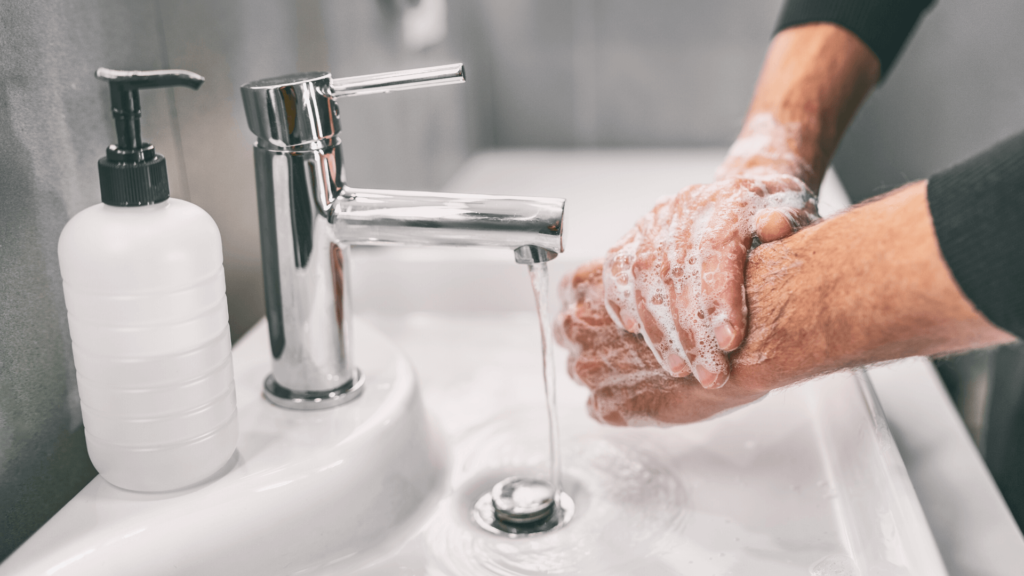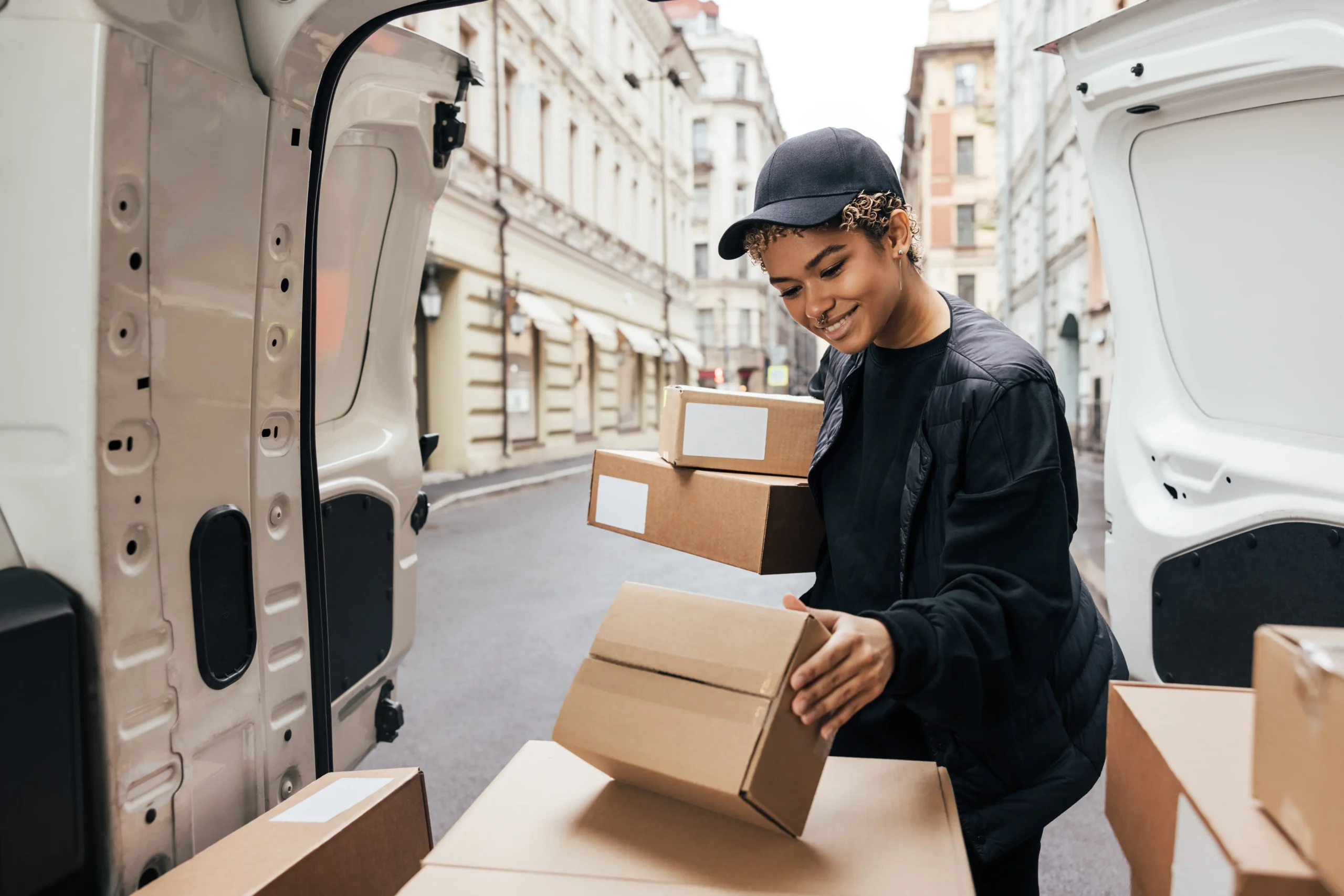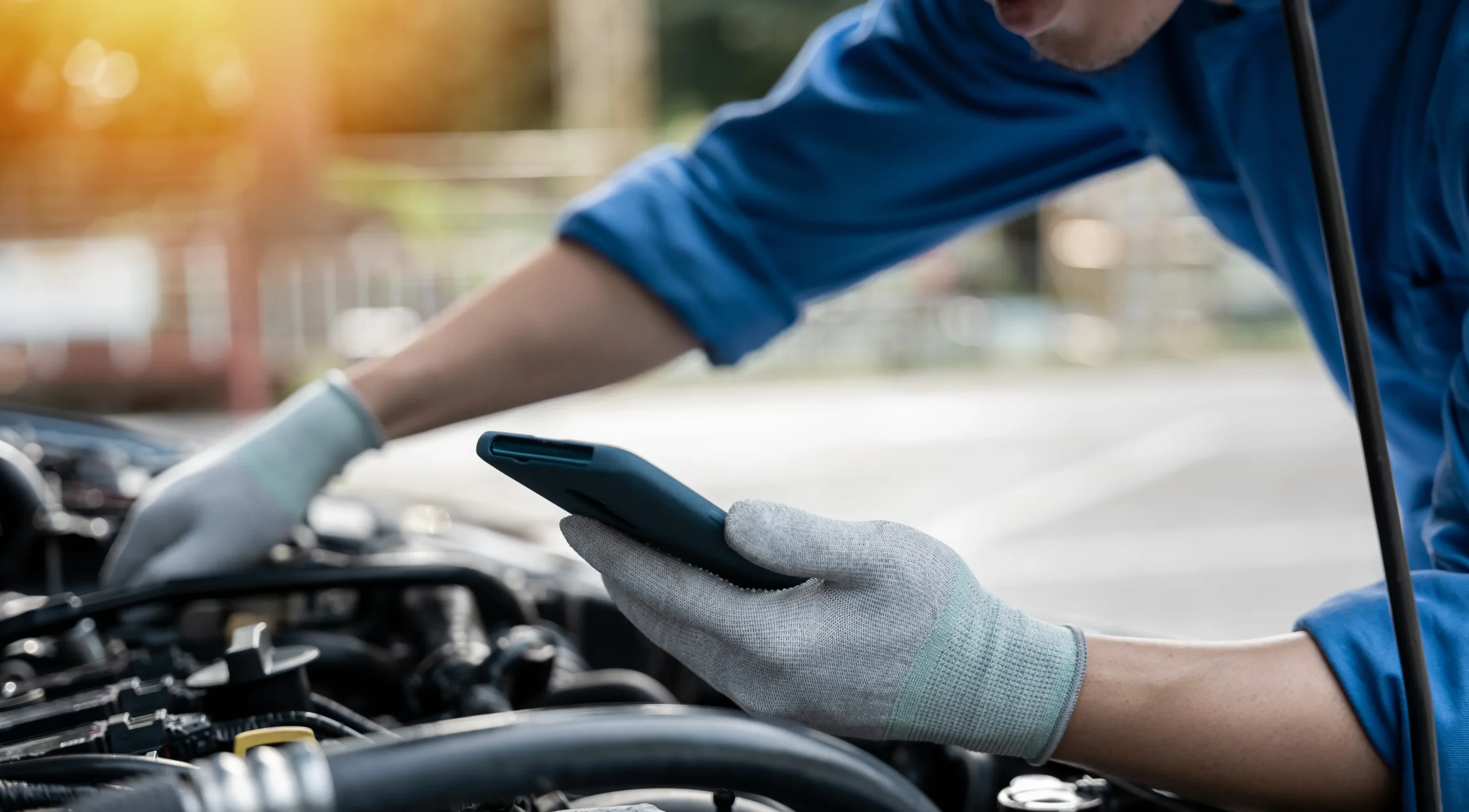The Coronavirus pandemic has led to a great deal of uncertainty across the world.
A focus on social distancing has put huge pressure on supply chains, as customers stockpile and stores work to keep shelves stocked with essentials.
An additional impact that social distancing measures have had on the logistics sector is a monumental shift to home delivery – making drivers essential members of the key workers we’re relying on.
Dave Pickburn, founder and director at Stream commented earlier in the week calling on the sector to pull together to make sure products remain available to those who need them:
“We are in unprecedented times.
For the logistics sector, now is the time to work together to ensure that people have access to the food, medication and other essentials they need.
With that in mind, delivery and logistics businesses should be able to team up, work together & share resources (drivers, vehicles) – so goods get distributed efficiently.
Those experiencing over-demand for services could work with those businesses who have the spare capacity right now, with an aim to cope with increased demand, while at the same time helping those with a sudden drop in activity to keep working.
If you need extra capacity, please reach out to your colleagues in the industry to find someone to team up with.
We’re all trying to play our part and hopefully this is a way businesses in the logistics sector can help.”
Practical ways for the delivery and logistics sector to work during COVID-19
Work together to fill resource gaps
First, as Dave noted, businesses with spare capacity may be able to take on some of the logistics activity for those businesses experiencing increases in demand. Large businesses including Amazon and Morrisons have already announced a requirement for additional logistics capacity, and that will likely equally apply to smaller businesses too, which may be able to make good use of resource from those industries hardest hit by social distancing – school supplies for example, or stock/inventory for bars and commercial kitchens.
Offer home delivery as a viable alternative
For businesses that normally deliver B2B, or typically only have a physical instore option for customers to make a purchase, this is the time to start delivering direct-to-consumer. Offer home delivery, if you have the resources, to get goods into the hands of customers, whilst keeping within social-distancing rules.
Offer contactless proof-of-delivery
Whether you’re just starting to offer home delivery, or its a core part of your business, proof-of-delivery is an essential element. Electronic proof-of-delivery (ePOD) normally involves a sign-on-glass process which means the driver and customer standing very close to one another.
A great way to keep both drivers and customers safe during this time is to offer doorstep delivery, where ePOD is captured in the form of a photograph only, for example asking drivers to take a photo of the item delivered to the correct address and write ‘signed by driver’ in the signature box.
Protect drivers
At this time, delivery drivers are part of the front line workforce in the UK. For many businesses, offering doorstep-only delivery is completely impractical (for example, when delivering to supermarkets). It is important that you provide drivers with the items they need to keep them safe – be that wipes or hand sanitiser gel.
This should now be considered part of the drivers’ PPE.
The health & Safety Executive (HSE) reiterated earlier this week that ‘all drivers must have access to welfare facilities in the premises they visit as part of their work’. They went on to remind companies that:
“Preventing access is against the law, equally it’s not the sensible thing to do. Drivers must have access to welfare facilities in the premises they visit as part of their work. Those who already provide reasonable access to toilets and hand washing facilities should continue to do so.
The issue of access to welfare facilities has been a long-standing problem in our industry, but:
“With the latest advice for hands to be washed regularly, failure to allow access to welfare facilities may increase the risk of the COVID-19 infection spreading.”
Check on drivers
Adding COVID-related checks to your daily walkaround checklist is a great way to ensure you are keeping your drivers as safe as you can. You can easily add temporary items to the driver daily walkaround check, including:
- Is the driver, or anyone in their household, displaying any COVID-19 symptoms (a high temperature or a new, continuous cough)?
- Does the driver have antibacterial wipes/gel in the cab?
- Has the driver cleaned their hands, surfaces in the cab and their device?
Additional resources
Transport sector
- UK government COVID-19 guidance for the freight transport industry
- UK Government COVID-19 guidance for staff in the transport sector
- Guidance on the temporary relaxation of the enforcement of EU drivers’ hours’ rules for drivers supplying supermarkets
- Public Health England guidance for passenger transport








